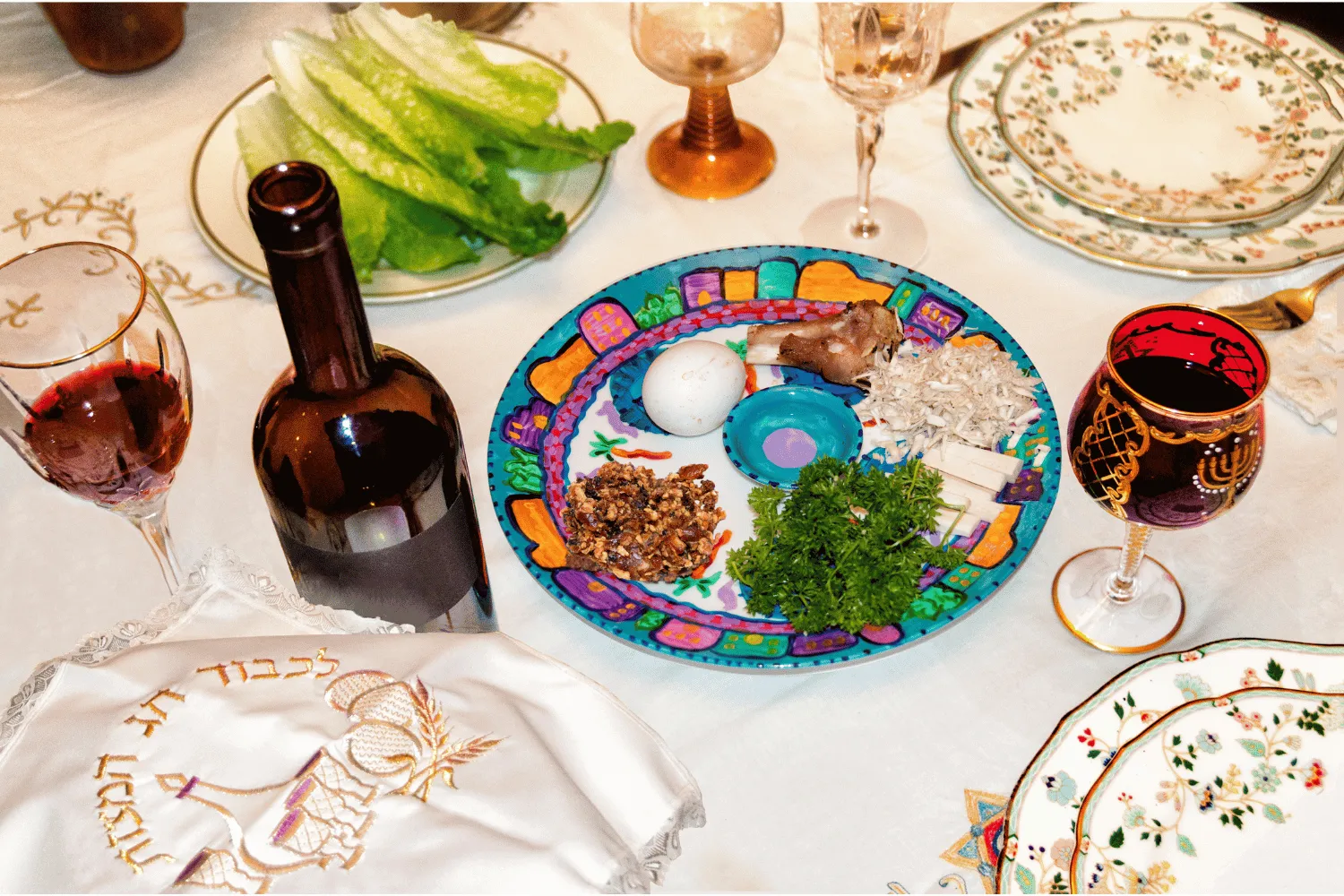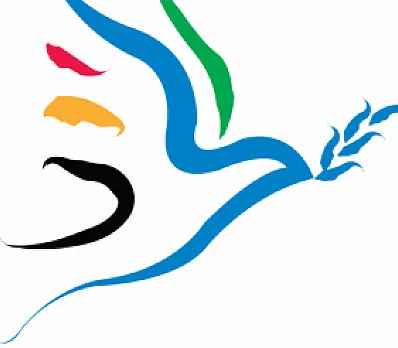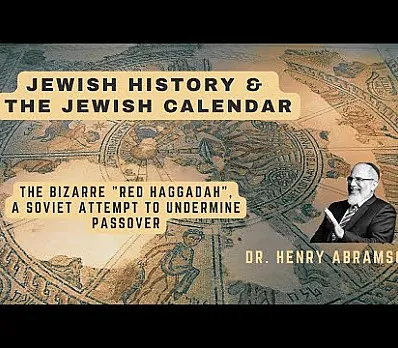The Seder Table and Its Symbols

-
Matzoh (Unleavened Bread). These three matzot covered by a cloth are the bread of haste, made during the departure from Egypt. Having no time to let the bread rise, the people baked it on their backs as they walked. The three matzot represent the three groups of Jews who lived in ancient Israel during the days of the Temple: the Kohanim (the high priests), the Levites (those who served the high priests), and the Israelites (all others). All Jewish people are descendents of one of these groups.
-
A Seder plate. This usually has circular indentations into which the most important Passover seder food/symbols are placed. These symbols are pointed to from time to time in the course of the Seder, and they are not to be consumed. The symbolic foods are as follows:
-
Moror (Bitter Herbs). This symbolizes the bitter lot of the enslaved Israelites.
-
Karpas (Vegetable). This represents Springtime renewal and awakening.
-
Charoset. This is a mixture that represents the mortar (straw and clay) used in making bricks for the pharaohs. Ashkenazim (Jews from Germany and Eastern Europe) usually use a mixture of apples, nuts, cinnamon and wine. Sephardim (descendents of Jews who lived in Spain or Portugal before the expulsion of Jews in 1492) often add dried fruit, such as dates or figs.
-
Z’roah (Shankbone of a lamb). This symbolizes the “mighty arm” of God, as the Bible describes it, which influenced the Pharaoh to release the Children of Israel from bondage.
-
Baytza (Egg). The egg is symbolic of the festival sacrifice brought in the days of the Second Temple in Jerusalem (destroyed by the Romans in the year 70 C.E). It is also said to symbolize Springtime fertility.
-
Salt Water. Represents the tears of slavery. In the Jerusalem of the first and second centuries, it was common practice to dip a vegetable (which was the hors d’oeuvres that preceeded a meal) in salt water.
-
Cup of Eliahu (Elijah). The spirit of this ancient prophet is asked to enter our home and fill us with wisdom and compassion.
-
Wine Goblet. Four cups of wine are consumed during the Seder as a reminder of the promises of the Book of Exodus:
-
I will bring you out of Egypt.
-
I will deliver you from bondage.
-
I will redeem you with an outstretched arm.
-
I will take you to Me for a people.
Red wine is commonly used, although there were times in Jewish history (particularly during the Middle Ages) when white wine was substituted in response to accusations leveled against Jews claiming that they used the blood of Christian children at the Seder ceremony.
-
A pillow for the leader to recline against. (In some houses, each participant uses a pillow). The custom of eating in a reclining position is of Persian origin. Greek and Roman patricians continued this practice, and Jews, who lived in their midst, adopted it as a meaningful expression of a free and unharried life.
Inspired to create
your own Haggadah?
Make your own Haggadah and share with other Seder lovers around the world
Have an idea
for a clip?
People like you bring their creativity to Haggadot.com when they share their ideas in a clip
Support Us
with your donation
Help us build moments of meaning and connection through
home-based Jewish rituals.
OUR TOP CONTRIBUTORS
Passover Guide
Hosting your first Passover Seder? Not sure what food to serve? Curious to
know more about the holiday? Explore our Passover 101 Guide for answers
to all of your questions.






















